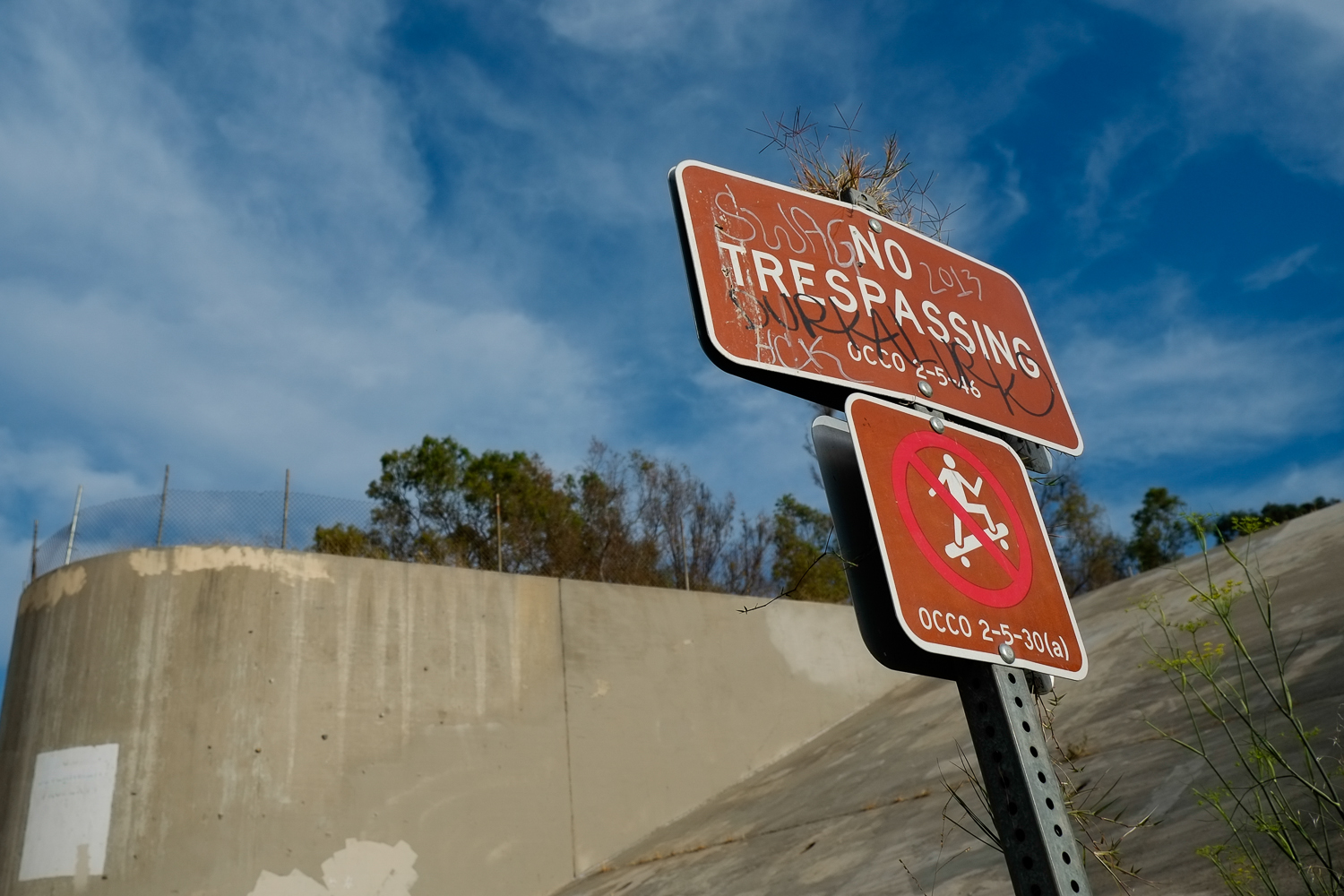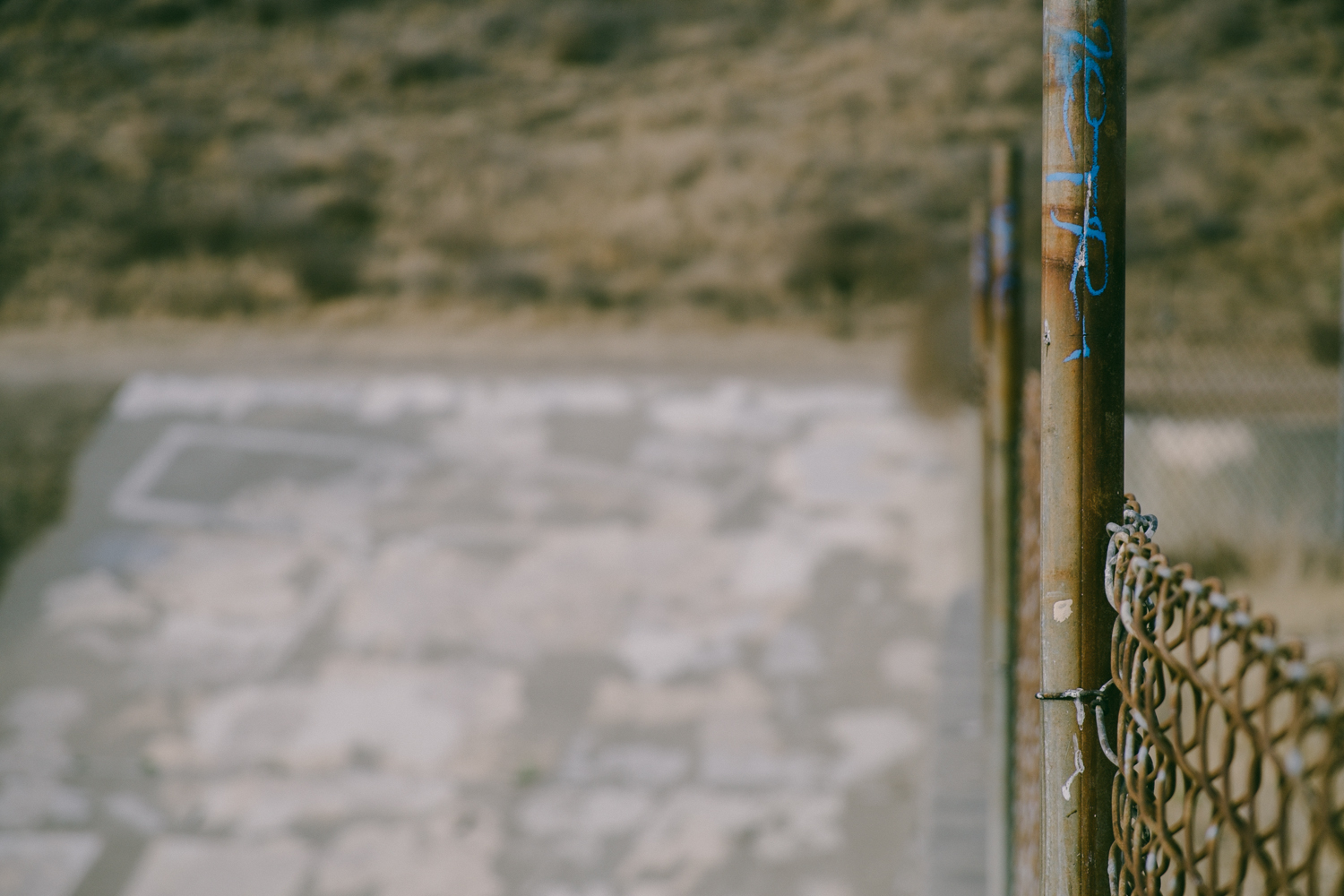I haven't been able to get out to shoot the past couple weeks so I've been spending a lot of time combing through the archives. What I've come to realize is that my style of shooting hasn't changed much over the past five years. The thing that has varied quite a bit has been my post processing. While I still lean towards creating very high contrast images, the vibrancy of those images seems to have decreased. From comparing my current photographs to those in the past, I can see a definite change in my work.
This change may be partly attributed to my purchase of the Fujifilm X100 last year because I really like its film simulation modes. I like them so much in fact that I shot JPEGs using (mostly) the Astia film simulation mode for almost a year. Now that I'm shooting more and more with the X-Pro1, I find myself slowly shifting into shooting RAW+JPEG, something I've never done. This is partly because I want the extra data in the RAW files for my long exposure photographs and partly because I like the option of getting more creative with my post processing.
This brings me to the latest tool in my post processing toolkit, VSCO Film. Having gone back and forth for weeks, I finally took the plunge today and purchased the classic films (02) presets for Lightroom. My first impression is that the presets are much more subtle than I thought they would be, and that's a good thing. I was a little worried that they would give my images that over-processed look that I just don't like. Having used it to re-edit a few of my old images, I can say that is certainly not the case. The presets altered my images just enough to provide the look of film without making them look over processed. To give you an idea, here are a couple images I made of my friend's dog, Charley, back in 2010 at the Salton Sea. Both photographs were shot using my Canon 40D and a Lensbaby Composer and edited using the Fuji Superia 100++ preset.











